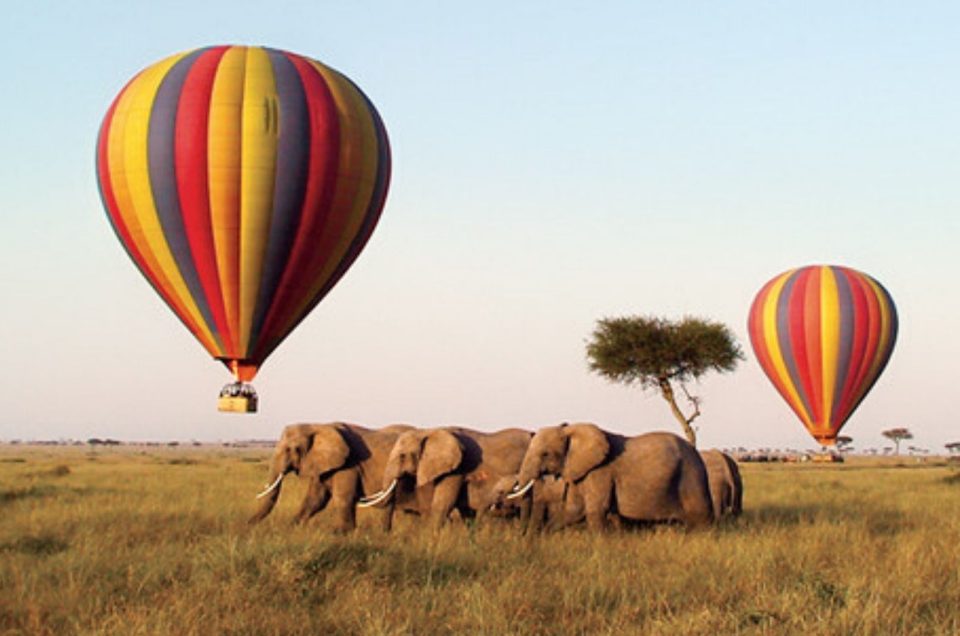Kenya is home to one of those experiences that you are likely to remember and treasure for the rest of your life. Whether you get a thrill spotting a lion at sunrise, your heart will leap seeing thousands of wildebeest crossing a river, you are still going to remember the special beauty of the African sunset. Kenya is the ultimate travelers dream. However, to really get the most out of your safari experience, you have to reflect on the right time to travel. Kenya’s wildlife is incredible throughout the year, but each season offers different sights, experiences and conditions.
Understanding Kenya’s Seasons
Kenya has a bi-annual rainy season and bi-annual dry season climate. The seasonal weather developments dictate the patterns of animal movement, accessibility in parks and the safari experience.
Dry season: Safari Peak season
– July – October
– Signifies ‘safari prime time’ – sunny weather and little rains often make remarkable wildlife viewing because the animals congregate around the remaining water sources. Again this is the time kenya expects to have the great wildebeest migration from July to sometime in October.
Short rain season:
– November – December – shoulder season
– Light rains mean new grasses and green plants seize the opportunity, visitors get to see the parks less crowded, and if you like quiet safaris this is the time for you.This is the best season for people who don’t want to spend much on the safari but still get a good deal all the way until 20th of December before we we enter the festive season.
Short dry season:
– January – February –March -High season
– Another great time to catch the clear skies and excellent wildlife viewing, especially for birdwatchers so that they can enjoy bird-watching safari in Kenya. Here the parks are active but not as much as the peak season or festive season.
Long rain season:
May –June Low Season
– Heavy rain, lush greenery, with even fewer tourists- some parks get muddy and harder to access, a photographers dream with the content and colors of the parks.
Best Time for the Great Migration
One of the greatest wildlife spectacles of Kenya is the Great Wildebeest Migration, which is an epic migration of over a million wildebeest and zebras between Tanzania’s Serengeti and Kenya’s Masai Mara.
• July to September: This is the peak time that herds are staying in the Masai Mara. River crossings during this time are truly amazing, and the discovered predators would elevate the moment even more with a tinge of tension in the air.
• October: The herds begin to migrate south again, but game viewing is still great.
If you want to tick migration off your bucket list, schedule your safari between late July and September.
Bird-watching Opportunities
Although there seems to be a greater emphasis on the big game, bird watchingis also world class. In the short rainy season in November and December migratory birds from Europe and Asia visit the country. With wetlands and lakes such as Naivasha and Nakuru, many birds can be found. Even in the dry many of the resident birds are well worth seeing, like the lilac-breasted rollers and beautiful African fish eagle.
Advantages of Visiting in the Dry Season
If it is your first-ever Kenya safari, then the dry season (June–October, January–February) is your safest option.
Here’s why:
• Wildlife is easier to find because vegetation is sparser.
• Roads in national parks are more navigable.
• Also, there are fewer mosquitoes due to a lack of standing water.
• And lastly, game drives happen in pleasant temperatures.
The downside is that this is when everyone goes, so you need to book early, particularly in popular parks like the Masai Mara, Amboseli, and Samburu.
Why Consider the Green Season?
The rainy months (March–May and November–December) are frequently underrated, but they have their own magic:
• Gorgeous skies and green landscapes that are perfect for photography.
• Affordable accommodation and less bustle.
• Baby animals everywhere, especially after the rain since food is abundant.
• Great birdwatching.
If you don’t mind a little rain and want a quieter experience, the rainy season can be a great experience.
Park-by-Park Highlights by Season
● Masai Mara: Best to visit from July to September for the migration, although there is wildlife year round.
● Amboseli National Park: The best panoramic view of Mount Kilimanjaro occurs in January–February and again in June–October.
● Lake Nakuru: Great for flamingos and rhinos; especially good during the wetter months.
● Samburu National Reserve: The dry season is great for seeing wildlife, as wildlife gathers around the EwasoNg’iro River when the watering holes dry out.
Final Tips for Planning Your Safari
1. Be Smart and Book for Peak Season: Lodges and camps will fill up very quickly between July and September.
2. Consider Packing for Changing Conditions: Even in the dry season, early mornings can be freezing. Pack layers.
3. Work with a Reputable Safari Operator: You will be surprised how much a good guide will mean for spotting wildlife and making your trip go smoothly.
In Summary
There is no definitive “perfect” time for going on safari in Kenya – it’s entirely dependent on your own wants if you want to see.
To witness the Great Migration, plan your visit between July and September. If you want to avoid the crowds and enjoy lush scenery, travel in the green season. And if you are more keen on guaranteed wildlife sightings and sunny skies, then the dry season is what you are after.
What is fantastic about Kenya is that, whichever time of year you go, it is going to be an experience you will never forget.
Once you’ve decided on the best time to visit Kenya, the next step is picking the right package for your adventure. To help you make the right choice, check out our detailed guide on” how to choose the best safari package in Kenya.”
Frequently Asked Questions (FAQs)
During which period of time in the year can we spot the big five in Kenya?
The best time to spot the Big Five—lion, leopard, rhino, elephant, and buffalo—is during the dry months, typically from June to October and again in January and February.In the dry season, sparse vegetation and fewer water sources cause animals—especially the Big Five—to gather around rivers and watering holes, making them easier to spot.
Can you go on a safari without a guide?
While self-driving safari is available in certain regions, the majority of visitors choose to go on guided safaris, usually through an accredited tour operator. Experienced guides genuinely enhance the experience – they are familiar with where to find the wildlife, interpret animal behavior, and keep you safe in the bush.
Should I book my safari in May month in advance?
Yes, especially if travelling during peak month during the Great Migration (July – September) or going to the more popular parks of Masai Mara or Amboseli. Accommodation availability can fill up quite quickly during peak months and we would recommend securing accommodation months in advance.



